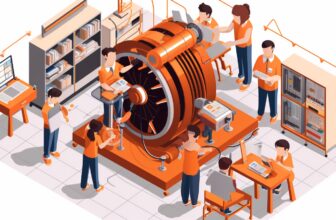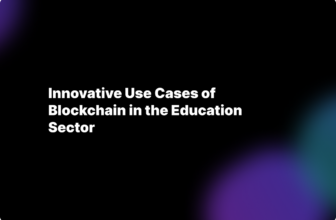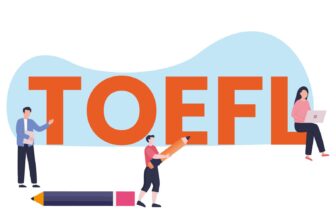
In the era of the Internet, the way we access information and acquire knowledge has undergone a profound transformation. The vast digital landscape has not only revolutionized the way we communicate and entertain ourselves but has also opened up new avenues for education. Today, we embark on a journey to explore the exciting terrain of online learning and how it has evolved from mere binge-watching to a powerful tool for brain growth.
Table of Contents
Rise of Online Learning Platforms

Source: educations.com
One of the most significant developments in recent years is the rise of online learning platforms. These platforms, such as Coursera, edX, Khan Academy, and Udemy, have democratized education by providing access to high-quality courses and lectures from top institutions and experts worldwide. The internet has erased geographical boundaries, allowing learners to access educational content from the comfort of their homes. Additionally, this website exemplifies how the Internet serves as a gateway to diverse educational resources.
Benefits of Accessible Knowledge
The benefits of accessible knowledge in the digital age are nothing short of transformative. Accessibility has shattered the barriers that once limited education to select individuals or privileged groups. Now, knowledge is open to all, regardless of geographical location, socio-economic status, or physical abilities.
First and foremost, accessible knowledge democratizes education. It empowers individuals who may have previously faced obstacles such as limited access to quality educational institutions. This inclusivity fosters diversity, allowing people from various backgrounds to contribute their unique perspectives and talents to the global knowledge pool.
Furthermore, accessible knowledge fuels lifelong learning. It enables continuous skill development and personal growth. Whether it’s picking up a new language, exploring a niche interest, or pursuing advanced degrees, the internet offers an endless array of resources and courses, encouraging a culture of learning beyond traditional classrooms.
Challenges of Online Education
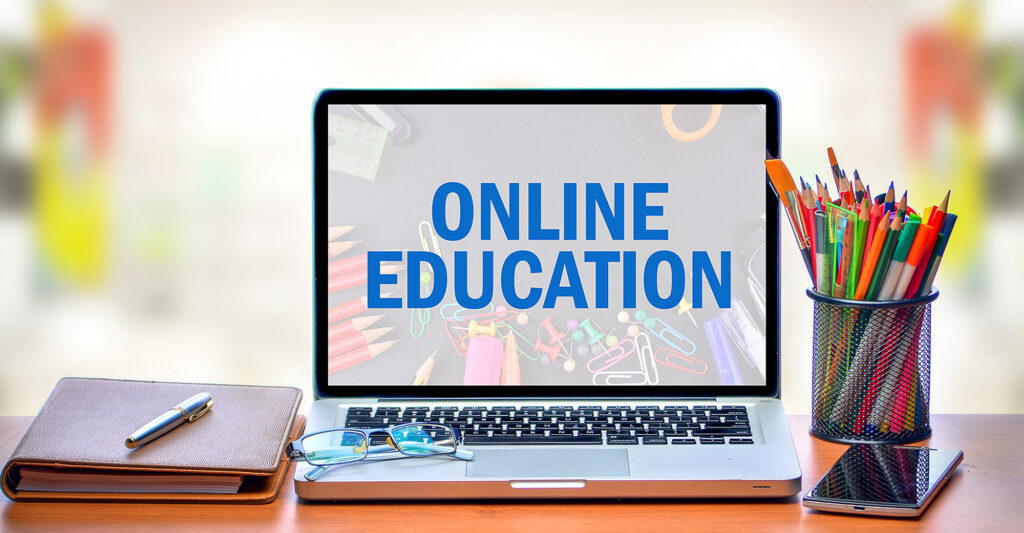
Source: amityonline.com
While online education presents tremendous opportunities, it also comes with its fair share of challenges. One major hurdle is the lack of physical interaction and the potential for isolation, which can hinder collaborative learning. Moreover, the internet’s vastness can lead to information overload, making it challenging to discern reliable sources from unreliable ones.
Transitioning from Passive to Active Learning
Transitioning from passive to active learning is a pivotal shift in the digital age of education. Gone are the days of merely absorbing information; today’s learners must engage actively to truly grasp concepts. Active learning involves participation, questioning, and critical thinking. It encourages students to take the reins of their education, transforming them from passive consumers into active creators of knowledge.
In this process, students become collaborators, problem solvers, and explorers. They ask questions, seek solutions, and apply what they’ve learned. This shift not only deepens understanding but also fosters independence and self-motivation.
To make this transition, learners can employ techniques such as note-taking, group discussions, and hands-on projects. Embracing active learning not only enhances comprehension but also equips individuals with skills crucial for success in a rapidly evolving world. It’s a dynamic shift that empowers learners to become lifelong knowledge seekers and critical thinkers.
Digital Tools for Personalized Learning

Source: goplacesdigital.com
Digital tools and technologies have played a pivotal role in personalizing the learning experience. Adaptive learning platforms use algorithms to tailor content to individual student’s needs, ensuring that they receive the right level of challenge and support. Additionally, apps and software tools can help students organize their study schedules, set goals, and track their progress, creating a more efficient learning environment.
Importance of Critical Thinking Skills
In the age of information abundance, critical thinking skills have never been more essential. The internet is a double-edged sword, offering both reliable and misleading information. Teaching individuals how to critically evaluate sources, fact-check, and think critically is paramount. Critical thinking empowers learners to make informed decisions, discern facts from fiction, and navigate the digital landscape with confidence.
Harnessing Social Media for Education
Harnessing social media for education is a modern-day strategy that can revolutionize learning. These platforms, often viewed as sources of distraction, possess untapped potential for educational enrichment. Educators can use social media to create interactive and engaging learning experiences. Short, informative videos on platforms like TikTok or Instagram can simplify complex concepts, making them more accessible to students.
Additionally, Twitter can facilitate real-time discussions and debates, connecting learners from around the world. Facebook groups or LinkedIn communities can serve as valuable networking and knowledge-sharing hubs for professionals and students alike.
However, responsible use is crucial. Educators must guide students on distinguishing credible sources from misinformation, promoting digital literacy skills. By harnessing social media, we can adapt to the digital landscape, engage students in innovative ways, and bridge the gap between formal education and the digital age, preparing them for a future driven by digital connectivity and collaboration.
Balancing Screen Time for Students
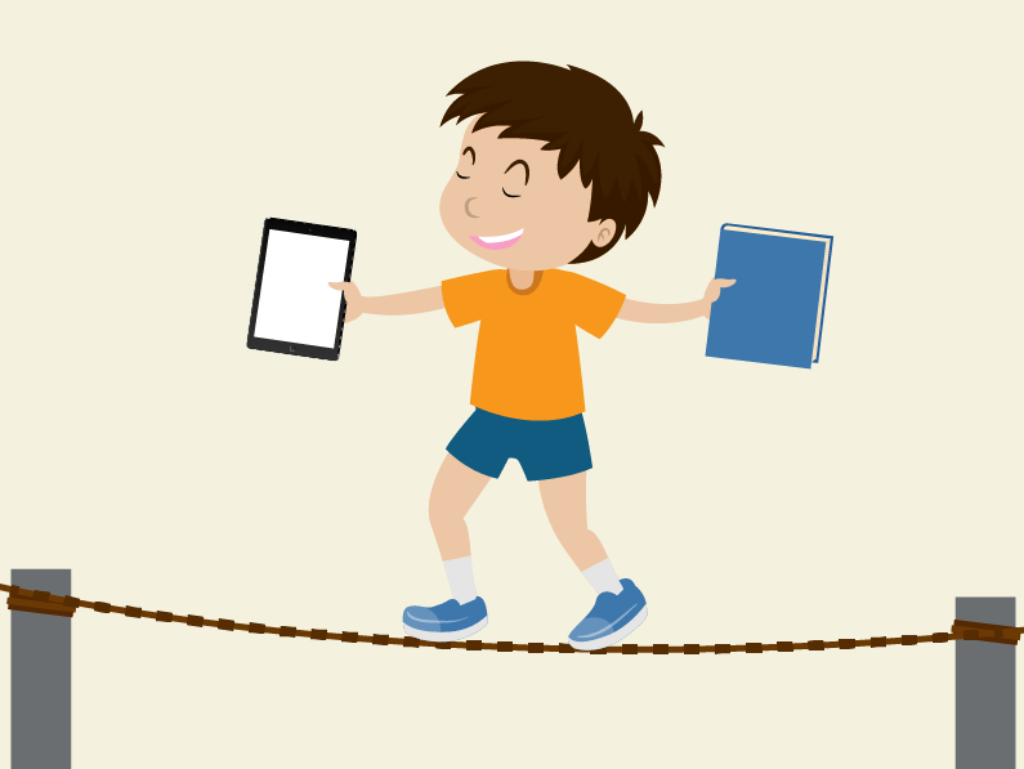
Source: thecuriousreader.in
A critical concern in the digital age is the balance of screen time, particularly for students. Excessive screen time can have detrimental effects on physical and mental health. Therefore, it’s essential to strike a balance by setting boundaries, encouraging outdoor activities, and promoting face-to-face social interactions. Parents and educators should collaborate to ensure that students are not overexposed to screens.
Lifelong Learning in the Digital Age
The internet has made lifelong learning not just a possibility but a necessity. In a rapidly changing world, staying relevant and adaptable is crucial. Lifelong learning allows individuals to acquire new skills, stay updated with industry trends, and remain competitive in the job market. The internet’s wealth of resources ensures that learning can continue throughout one’s life.
Conclusion: Maximizing Internet’s Educational Benefits
As we reflect on the journey from binge-watching to brain-growing, it becomes evident that the internet’s educational potential is vast and transformative. Online learning platforms, accessible knowledge, digital tools, critical thinking skills, and the responsible use of social media all contribute to this transformative power. However, it is essential to address the challenges, especially the need to balance screen time for students.
To maximize the internet’s educational benefits, we must embrace active learning, encourage the development of critical thinking skills, and utilize technology wisely. By doing so, we can harness the internet’s immense potential to empower individuals of all backgrounds and ages to embark on a lifelong journey of learning and growth. In this digital age, the opportunities for education are boundless, and the future of learning is limited only by our imagination and commitment to harnessing the power of the internet.



